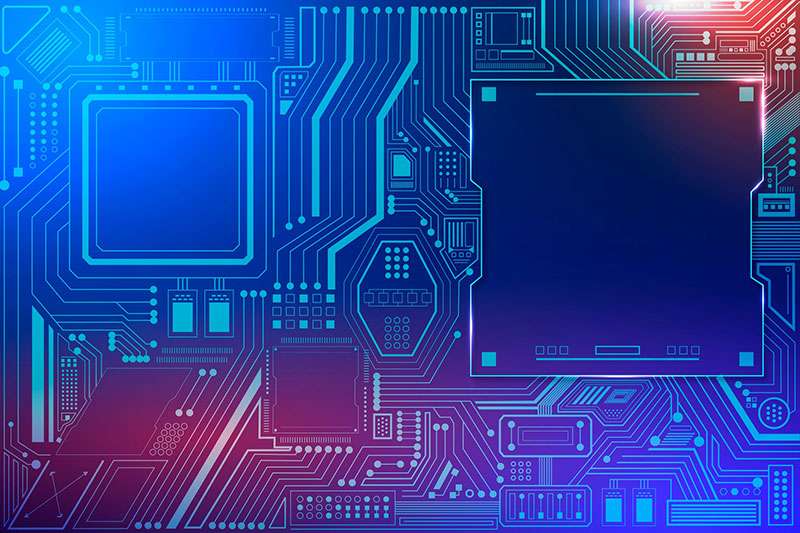In today’s rapidly advancing technological landscape, the demand for efficient and high-performance electronic devices continues to soar. From smartphones and wearables to automotive systems and IoT devices, the world is increasingly reliant on complex analog and mixed-signal integrated circuits (ICs) to power a wide range of applications. In this blog post, we will explore the fascinating field of analog and mixed-signal physical design services and delve into the critical role they play in enabling seamless connectivity and optimal performance.
Understanding Analog and Mixed-Signal Design
Analog and mixed-signal design involve the creation and optimization of electronic circuits that handle both analog (continuous) and digital (discrete) signals. Analog signals, such as sound and light, vary continuously, while digital signals represent data in binary form. Mixed-signal circuits combine analog and digital components to process and transmit information accurately and efficiently.
Physical design services in the analog and mixed-signal domain are responsible for translating a circuit’s functional description into a geometric representation. This process includes floor planning, placement, routing, and verification, ensuring that the design meets specifications while minimizing power consumption and optimizing performance.
The Significance of Analog and Mixed-Signal Physical Design Services
- Power Efficiency: Analog and mixed-signal ICs are often used in portable devices with limited battery life. Efficient physical design techniques help reduce power consumption, prolonging battery life and improving overall user experience. By optimizing power distribution networks, minimizing leakage currents, and implementing advanced power management strategies, physical design services enable energy-efficient operation.
- Signal Integrity: Mixed-signal circuits must maintain signal integrity throughout the entire design flow. Physical design services focus on addressing signal integrity challenges such as noise, crosstalk, and electromagnetic interference (EMI). By optimizing interconnect routing, implementing shielding techniques, and utilizing noise isolation mechanisms, design teams ensure reliable signal transmission and reception.
- Integration and Miniaturization: As electronic devices become increasingly compact, physical design services play a crucial role in achieving high integration densities and miniaturization. By carefully placing and routing analog and mixed-signal components, designers can maximize functionality within limited physical space. This enables the creation of smaller, lighter, and more efficient devices without compromising performance.
- Yield and Manufacturability: Physical design services are essential for ensuring the manufacturability and yield of analog and mixed-signal ICs. By considering fabrication process constraints, design rules, and variability, designers optimize the layout to minimize manufacturing defects and improve yield rates. Additionally, they collaborate with process engineers to address manufacturing challenges, such as lithography limitations and device parasitics.
- Design for Testability (DFT): Testing complex mixed-signal ICs can be challenging. Physical design services incorporate design-for-testability techniques, enabling efficient and comprehensive testing during the manufacturing process. By strategically placing test structures, optimizing scan chains, and implementing built-in self-test (BIST) capabilities, designers facilitate the detection and diagnosis of faults, enhancing product reliability and reducing time-to-market.
Future Outlook and Emerging Trends
As the world continues to embrace emerging technologies like 5G, IoT, and autonomous vehicles, the demand for analog and mixed-signal physical design services will continue to grow. The field is witnessing exciting developments, including advancements in process technologies, novel design methodologies, and the exploration of new materials.
Furthermore, artificial intelligence (AI) and machine learning (ML) techniques are being integrated into physical design tools, automating repetitive tasks and accelerating the design cycle. This empowers designers to focus on higher-level challenges and explore innovative solutions.
Conclusion
Analog and mixed-signal physical design services are the backbone of the modern electronics industry, enabling the creation of highly integrated, power-efficient, and reliable electronic


